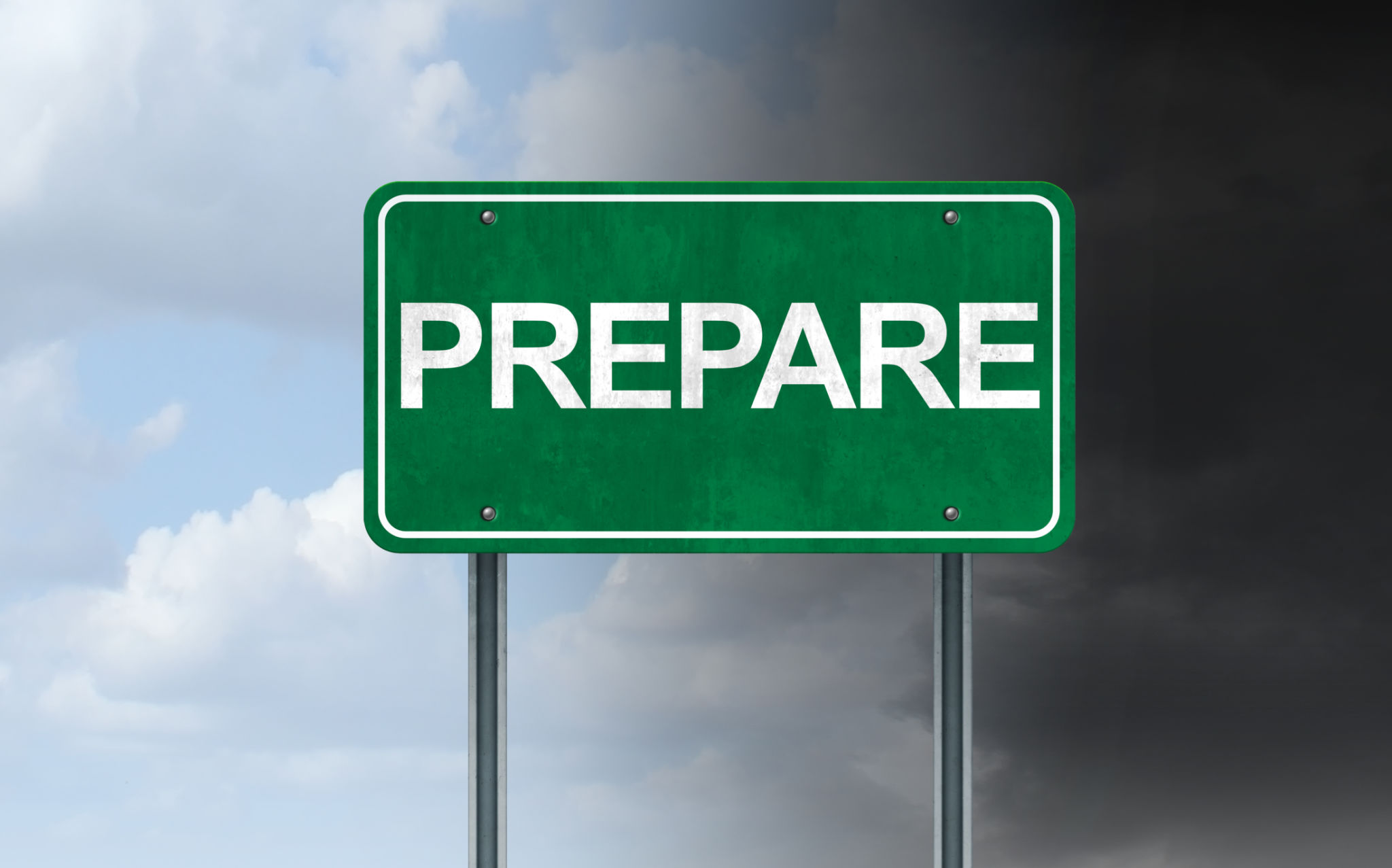Preparing Infrastructure for Storm Season: The AI Advantage
Understanding the Role of AI in Storm Preparedness
As storm seasons become increasingly unpredictable and intense, the need for robust infrastructure has never been more critical. Leveraging the power of artificial intelligence (AI) can significantly enhance our ability to prepare for and respond to severe weather events. AI offers innovative solutions that can strengthen infrastructure resilience, optimize resource allocation, and ensure quick recovery.
AI technologies are transforming how we approach storm readiness by providing precise weather predictions and enabling proactive measures. With AI, we can analyze vast amounts of meteorological data to predict storm patterns and potential impacts more accurately than ever before.

Enhancing Infrastructure Resilience with AI
One of the primary advantages of AI in storm preparedness is its ability to enhance the resilience of critical infrastructure. By using machine learning algorithms, we can identify vulnerabilities within existing systems and address them before disaster strikes. This proactive approach minimizes damage and ensures continuous operation during adverse weather conditions.
For example, AI-powered systems can monitor real-time data from sensors placed on bridges, roads, and buildings. These systems can detect structural weaknesses and alert authorities to carry out maintenance well ahead of a storm, thus preventing potential failures.

Streamlining Resource Allocation
Resource allocation during storm season is a complex challenge. AI can streamline this process by analyzing data such as population density, historical damage reports, and current weather conditions. Based on this analysis, AI can forecast where resources such as emergency services and supplies are most needed.
This smart allocation ensures that communities receive timely assistance, reducing the impact of storms on human lives and property. Additionally, AI can optimize the deployment of utility crews, ensuring quicker restoration of essential services post-storm.

Facilitating Faster Recovery
After a storm has passed, the focus shifts to recovery and rebuilding efforts. AI plays a crucial role here by speeding up damage assessments through aerial imagery and satellite data analysis. These technologies allow for a comprehensive understanding of the affected areas without risking human safety.
Moreover, AI-driven analytics can help prioritize recovery efforts by identifying the most severely impacted regions. This targeted approach ensures resources are directed where they are needed most, facilitating faster and more efficient recovery operations.
AI-Driven Community Awareness
A significant component of storm preparedness is community awareness. AI can enhance public engagement by delivering personalized alerts and safety tips through various digital platforms. These alerts ensure individuals have the information necessary to make informed decisions regarding evacuation or sheltering in place.
Furthermore, AI chatbots can engage with residents in real-time, answering queries about storm status and safety protocols. This constant flow of communication helps maintain calm and order during potentially chaotic situations.

The Future of Storm Season Preparedness
The integration of AI into storm season preparations marks a new era of efficiency and effectiveness. As AI technologies continue to evolve, their application in mitigating natural disasters will only become more refined. The ability to anticipate, respond to, and recover from storms is critical in minimizing their impact on communities worldwide.
Embracing AI offers a promising path forward in safeguarding our infrastructure and communities against the growing threat of severe weather events. By investing in these advanced technologies today, we can build a more resilient future for generations to come.
